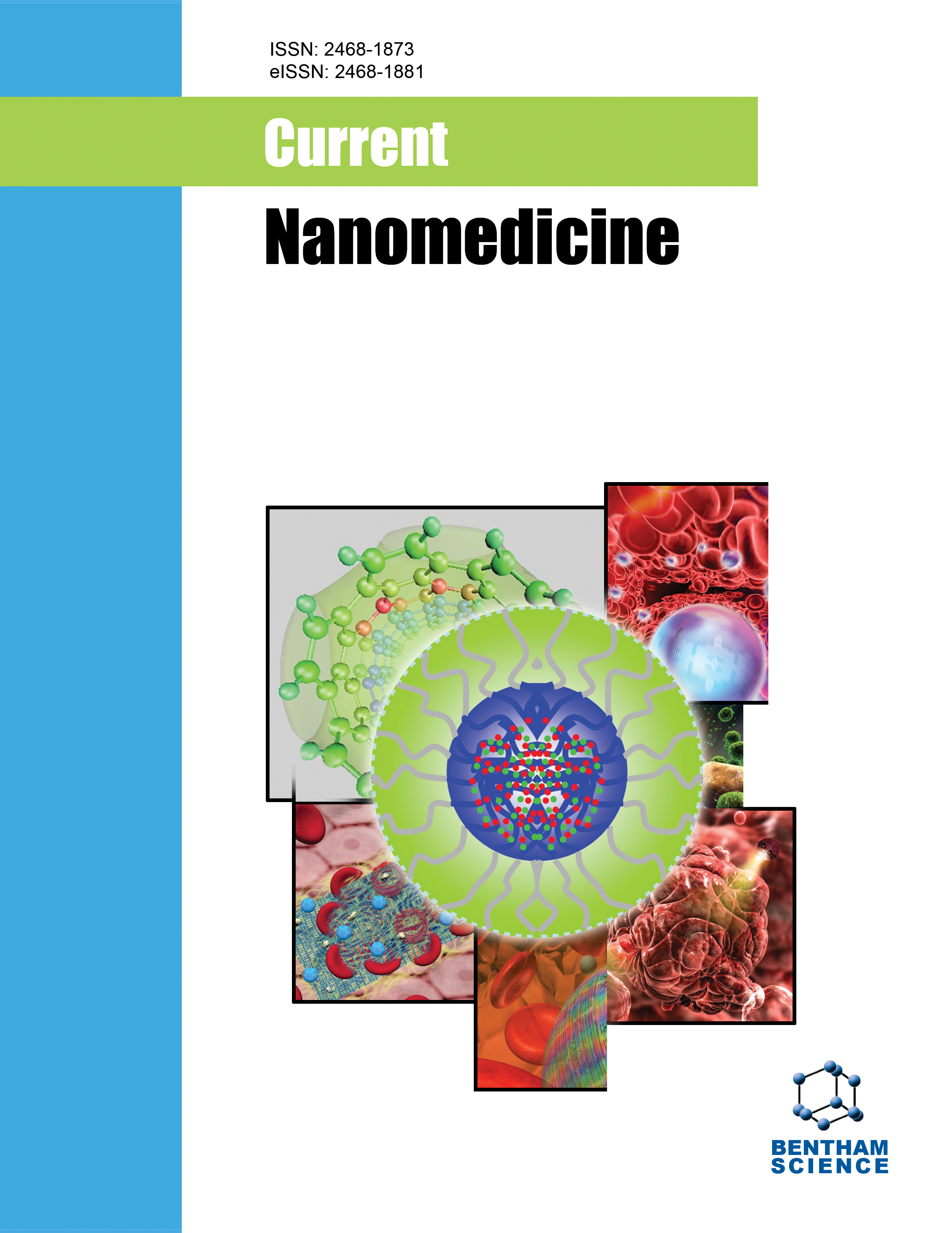
Full text loading...

An antibiotic called doxorubicin is produced by the Streptomyces peucetius bacterium, which is a member of the anthracycline drug class and is used in chemotherapy. Usually, doxorubicin is employed to cure solid tumors in children and adult patients. The physical and biological stability of the medicine can be increased by encasing it in nanoparticles, which increases the active pharmaceutical ingredient's bioavailability.
This study aimed to create lungs targeting doxorubicin-loaded biodegradable polymeric nanoparticulate system by utilizing an appropriate method and conducting its evaluation.
The polymeric nanoparticles using biodegradable polymers were prepared by the emulsion polymerization method. Franz- diffusion cells were utilized to conduct in-vitro drug diffusion investigations.
Based on the outcomes of the experiments carried out for the research, polymeric nanoparticles of doxorubicin were prepared utilizing different concentrations of chitosan, Sodium alginate, and PLGA. The visual appearance of doxorubicin polymeric nanoparticles shows homogeneous dispersion with no phase separation form. The percentage yield, % entrapment efficiency, and drug content obtained for the final formulation were 93.43 ± 1.776, 87.31 ± 1.075, and 91.98 ± 0.493, respectively. A size dimension of 174.51 nm with a PDI of 0.242 and zeta potential value of -36.1 mV of prepared nanoparticles demonstrate the stability of the formulation. The presentation of the PNPs of the optimized formulation having 310mg Tween 80 showed in vitro diffusion of 98.93% ± 0.296% and an increased flux rate. Based on the determination coefficients, the Higuchi model (K0 = 20.43 and R2= 0.982) was determined to have the best fit for the release data.
Based on the trials conducted during the investigation, it was determined that the emulsion polymerization technique was best for the fabrication of the polymeric nanoparticles by utilizing different concentrations of chitosan, Sodium alginate, and PLGA. The formulation F6 containing 310mg Tween 80 suggested improved in vitro diffusion following the Higuchi model throughout all formulations. The findings suggest that a sustained process was responsible for the drug's release from the doxorubicin polymeric nanoparticles.